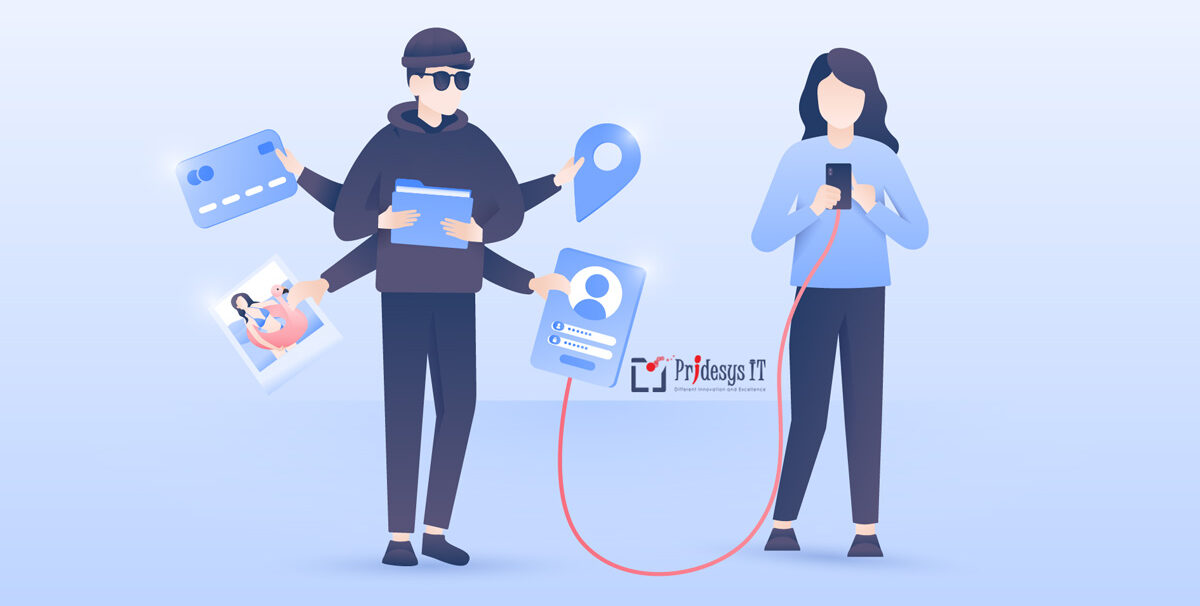
Oct 02, 2022
0 Comment by ViewersWe all have suffered from lagging phones. We always blame that for ram and storage issues. But in reality Spyware On Phone can be cause of it.
Our digital personas have become an integral aspect of our identities. Our digital personalities are formed by the emails we write, the conversations we have on social media (both private and public), the images we upload, the movies we watch, the applications we download, and the websites we visit.
There are safeguards in place to prevent a government agency, country, or cybercriminal from prying into our digital life, such as the usage of virtual private networks (VPNs), end-to-end encryption, and browsers that do not monitor user activity.
Governments and law enforcement agencies, on the other hand, are now taking advantage of powerful spyware created and commercially supplied by firms, including NSO organizations. When implanted on a gadget, it can be incredibly difficult to detect and remove.
This article will walk you through the many types of malicious software on your iOS or Android device, the warning signals of infection, and how to eradicate such plague from your mobile devices if feasible.
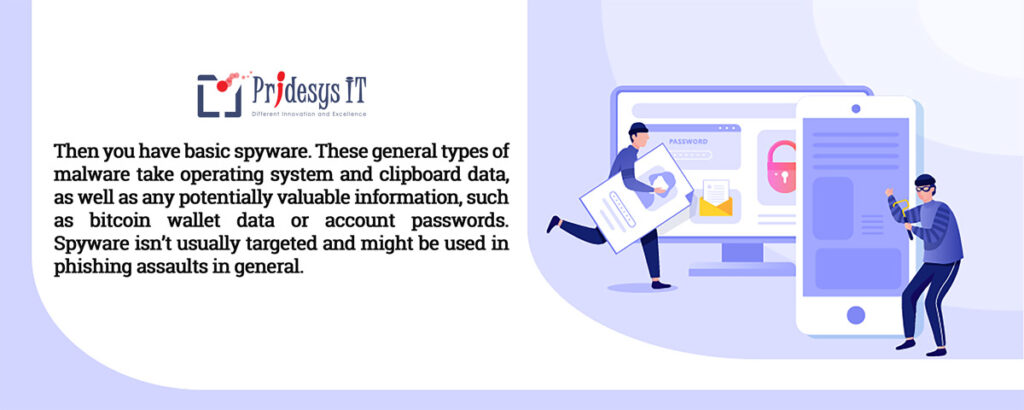
How to Detect and Remove Advanced Spyware from an iOS or Android Device
Nuisanceware is frequently packaged with genuine applications. It interrupts your online browsing with pop-ups, changes your homepage settings without your permission, and may collect your browser data to sell to advertising firms and networks. Despite being classified as malvertising, nuisanceware is not typically hazardous or a threat to your fundamental security.
Then you have basic spyware. These general types of malware take operating system and clipboard data, as well as any potentially valuable information, such as bitcoin wallet data or account passwords. Spyware isn’t usually targeted and might be used in phishing assaults in general.
Stalkerware, or advanced spyware, is a step forward. This virus, which is often unethical and hazardous, is sometimes detected on desktop computers, but it is currently more typically installed on phones. Spyware and stalkerware can be used to monitor emails, SMS, and MMS messages sent and received; intercept live calls for the purpose of eavesdropping across standard telephone lines or Voice over IP (VoIP) applications; covertly record environmental noise or take photos; track victims via GPS; or hijack social media apps such as Facebook and WhatsApp.
Stalkerware is frequently downloaded in order to spy on an individual, such as in situations of domestic violence.
You now have commercial spyware that is of government grade. The most well-known recent instance is Pegasus, which was pitched to governments as a tool for battling “terrorism” and law enforcement but was finally discovered on cellphones belonging to journalists, activists, political dissidents, and attorneys.

If you receive strange or unexpected social media messages or emails, this might be a symptom of a spyware infection attempt. You should delete them immediately without opening any links or downloading any things. The same is true for SMS material, which may contain links designed to trick you into unknowingly installing malware.
These phishing communications will trick you into opening a link or launching software that has a spyware or stalkerware payload in order to catch you off guard. If the virus is installed remotely, user participation is necessary, thus these messages may attempt to scare you by demanding money or posing as a failed delivery notice. Messages may even contain faked addresses from people you know.
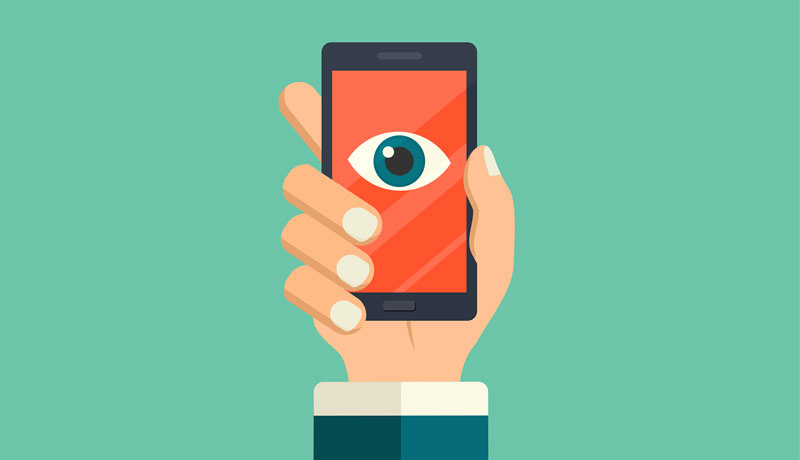
Initial infection messages from stalkerware may be more personal and targeted to the victim.
Physical access or the victim’s unintentional installation of spyware is required. Some spyware and stalkerware types, on the other hand, may be installed in less than a minute.
If your phone disappears and returns with different settings or alterations that you do not recognize – or if it has been confiscated – this might be an indication of manipulation.
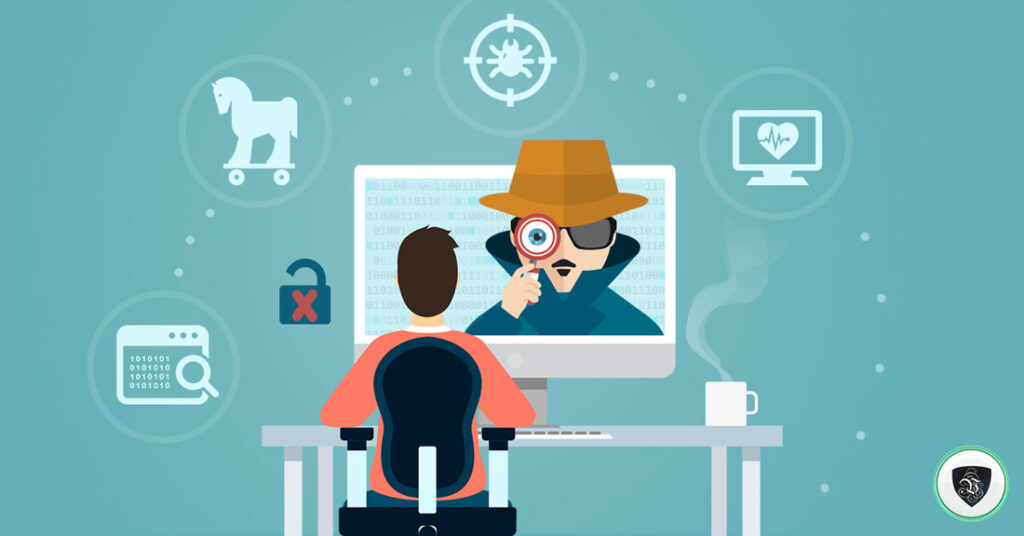
Surveillance software is growing increasingly complex, making it difficult to detect. However, not all spyware and stalkerware are invisible, and you may find out whether you are being watched.
A setting on an Android smartphone that permits apps to be downloaded and installed outside of the official Google Play Store is a dead giveaway.
This may suggest manipulation and jailbreaking without authorization if enabled. However, not all spyware and stalkerware require a jailbroken smartphone.
This option is available in most recent Android releases under Settings > Security > Allow unknown sources. (This changes according on the device and seller.) You may also check Programs > Menu > Special Access > Install unknown apps to see if anything unfamiliar shows, but there is no assurance that malware will appear on the list.
To prevent detection, certain types of malwares will utilize generic names and images. If a procedure or program appears on the list that you are unfamiliar with, a short web search may help you determine whether or not it is authentic.
Unless a zero-day exploit is employed, iOS devices that have not been jailbroken are typically more difficult to infect with malware. The existence of Cydia, a package manager that allows users to install software packages on a jailbroken smartphone, may suggest tampering (unless you knowingly downloaded the software yourself).
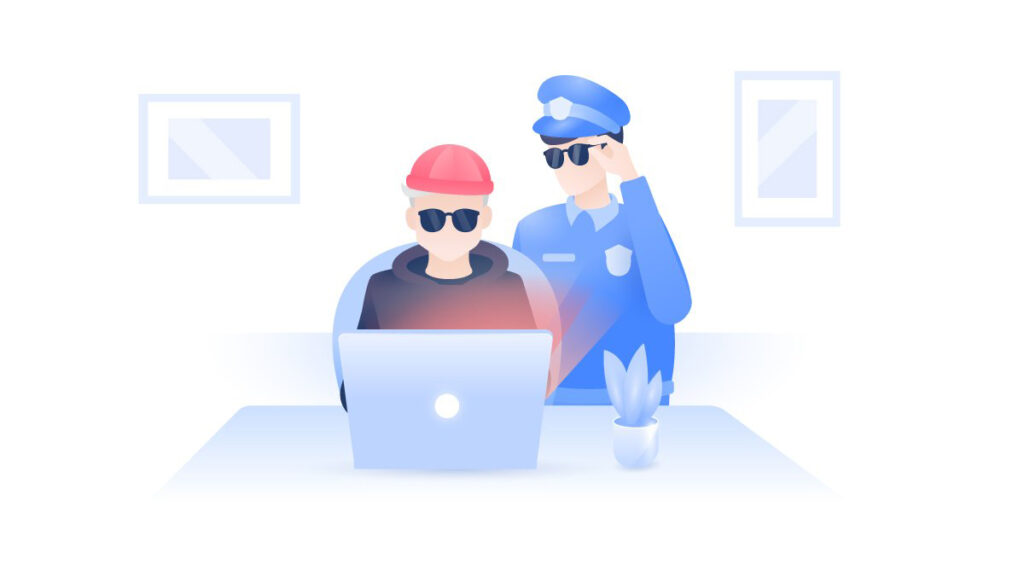
Unexpected handset battery depletion, overheating, and odd behavior from the device’s operating system or apps are possible.
Unauthorized surveillance is unethical. It creates a major power imbalance in household circumstances. Listen to your sixth sense if it tells you anything is amiss. It is not worth risking your privacy and personal security for a tangible thing.
If your smartphone is hacked, reclaim control of your right to privacy – whether or not this involves replacing your phone totally – but only if your physical safety is not jeopardized. In such circumstances, rather than tampering with your handset, you should notify the police and investigators.
Spyware and stalkerware are intentionally difficult to detect and remove. In most circumstances, it is not impossible, but it may necessitate some harsh measures on your behalf. Sometimes abandoning your device is the only choice.
When stalkerware is uninstalled, some operators will receive an alert informing them that the victim’s device has been cleaned up. If the flow of your data suddenly stops, it is another obvious indication that the dangerous program has been deleted.

Mobile Antivirus solutions that detect and eradicate spyware are available. This is the simplest option, although it may not be effective in all cases. Malwarebytes, Avast, and Bitdefender, among others, provide mobile spyware-scanning solutions.
If you suspect account intrusion, update the passwords on all of your key accounts. Many of us have one or two “hub” accounts, such as an email address that is linked to all of our other services. Remove any ‘hub’ services that you utilize from a compromised device.
Individual accounts can be protected when account activities and logins demand additional authorization from a mobile device. (However, malware may collect codes transmitted through 2FA protocols.)
The new email address is solely known to you and is linked to your primary accounts.
It may seem apparent, but when an operating system publishes a new version, which typically includes security fixes and upgrades, it might create conflict and difficulties with spyware if you’re lucky. Keep this up to current.
A PIN code, pattern, or activating biometrics can prevent further tampering with your mobile device.
A factory reset and clean install on the device you suspect is infected may help remove some types of spyware and stalkerware. However, remember to back up any crucial data beforehand. This is often accessible on Android systems under Settings>General Management>Reset>Factory Data Reset. Go to Settings>General>Reset on iOS.
Unfortunately, certain stalkerware services may continue to operate even after a factory reset. If everything else fails, consider restoring your device to factory settings and then discarding it.
MVT (Mobile Verification Toolkit), an open source project created by Amnesty International, is a cyber forensics suite capable of scanning mobile devices for sophisticated spyware. This, however, is best suited to investigators.
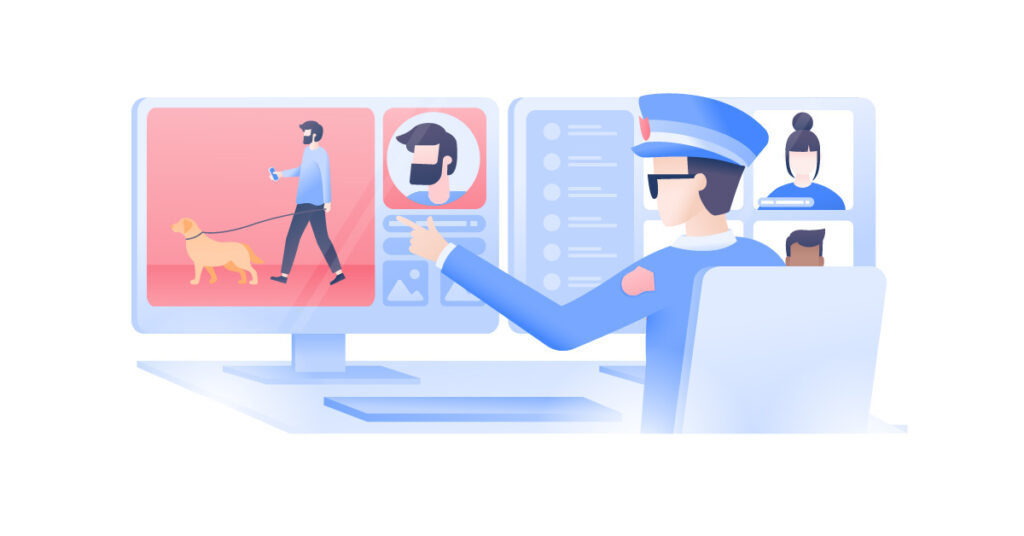
Government-grade spyware may be harder to detect. However, according to a Pegasus guide issued by Kaspersky, there are several activities you can do to reduce the danger of being subjected to such monitoring, based on current research and findings:
Individuals who suspect a Pegasus infection should additionally utilize a backup device, ideally using GrapheneOS, for secure communication.
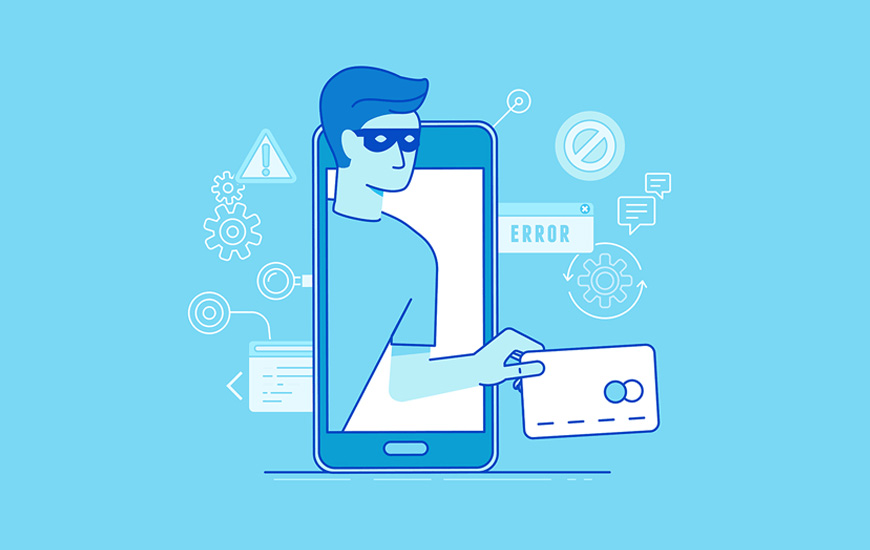
Google and Apple are often fast to respond to harmful programs that circumvent the privacy and security safeguards enforced in their respective official app stores.
Google deleted seven applications promoted as employee and kid trackers from the Play Store some years ago. The tech titan took a dim view of their overreaching functions, which included GPS device monitoring, SMS message access, contact list theft, and potentially the disclosure of conversation taking place in messaging apps. Google has also prohibited the use of stalkerware adverts. However, some apps appear to be slipping through the cracks.
When it comes to parental control applications, Apple has clamped down, citing privacy-invading functionalities as the basis for removal. For parents who wish to limit their child’s gadget usage, the firm offers Screen Time, its own parental device control program. Furthermore, the business does not permit sideloading, which Apple claims prevents mobile threats from spreading within the iOS ecosystem.
You Can Also Read: Common Software Bugs : Most Frequent Types of Software Bugs